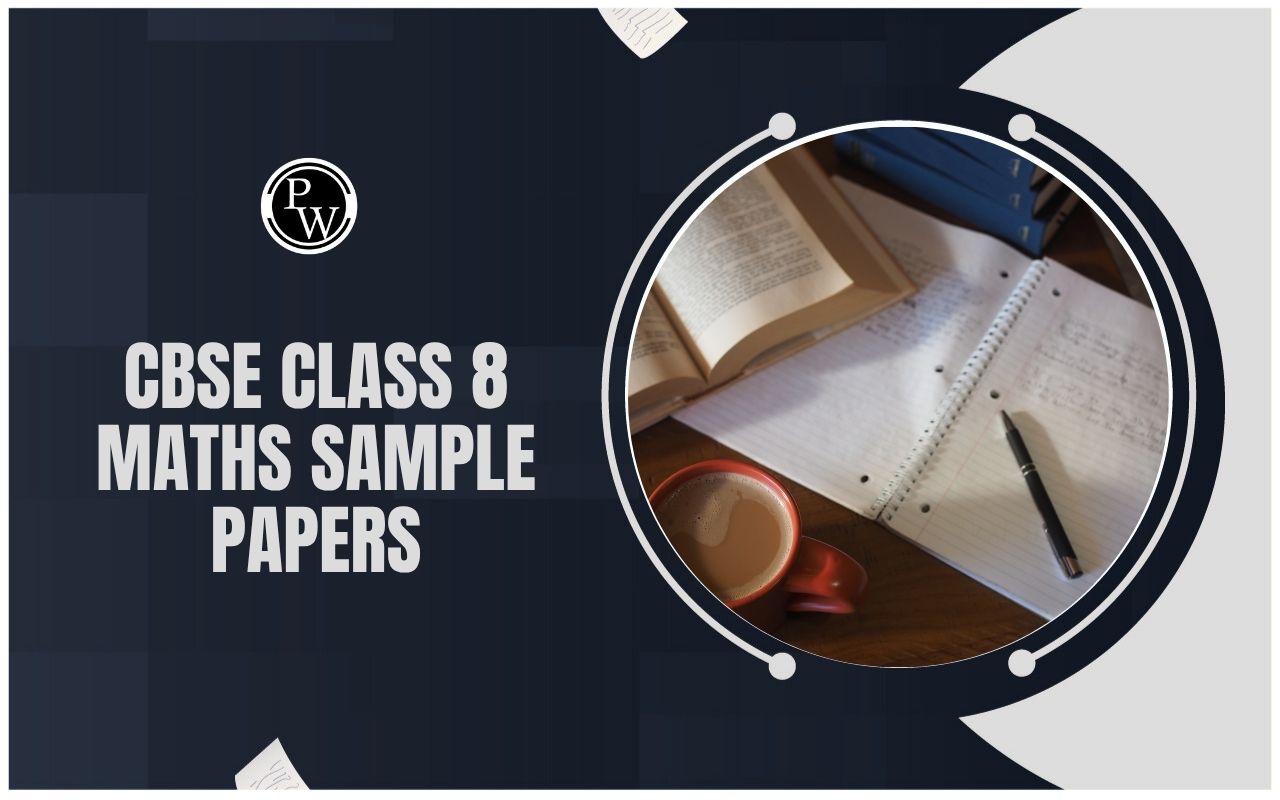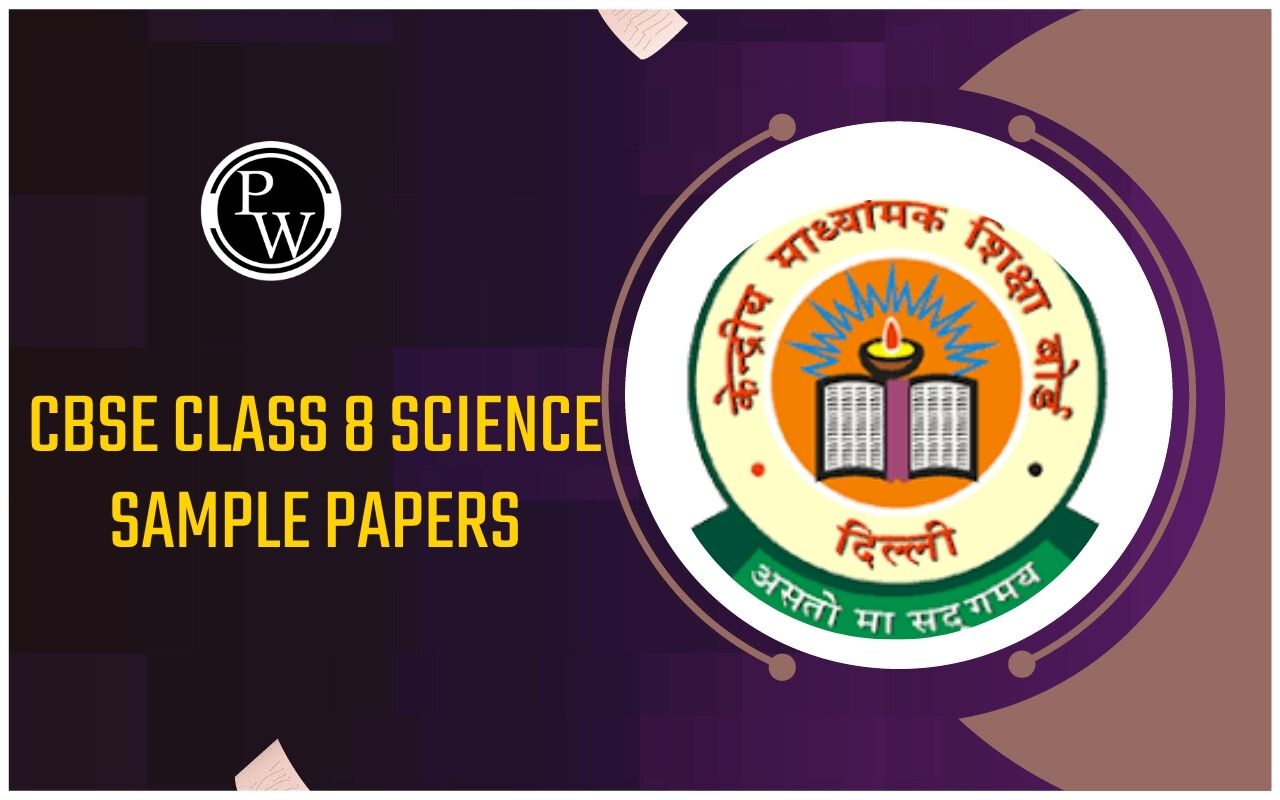
CBSE Class 8 Maths Notes Chapter 7: CBSE Class 8 Maths Chapter 7 Comparing Quantities focuses on understanding and solving problems related to ratios, percentages, discounts, profit and loss, and simple and compound interest.
This chapter helps students grasp the practical applications of these concepts in everyday situations, such as calculating discounts during shopping, understanding profit margins in business, or determining interest on savings. The notes for this chapter simplify complex topics, providing clear explanations and examples to enhance students' understanding and problem-solving skills.CBSE Class 8 Maths Notes Chapter 7 Comparing Quantities Overview
These notes are prepared by subject experts of Physics Wallah for CBSE Class 8 Maths Chapter 7 Comparing Quantities. The overview provides a clear and concise explanation of key concepts like ratios, percentages, profit and loss, and interest calculations. This chapter covers various methods of comparing quantities, including percentages, profit and loss, discounts, simple and compound interest, and more. Understanding these concepts helps students apply mathematical reasoning to everyday transactions, enhancing their analytical skills. These notes are designed to simplify complex ideas and make learning more accessible for students.CBSE Class 8 Maths Notes Chapter 7 PDF Download
You can easily access the detailed notes for CBSE Class 8 Maths Chapter 7 Comparing Quantities by downloading the PDF from the link provided below. These notes will help you grasp important concepts like ratios, percentages, profit and loss, and simple and compound interest making your study sessions more effective and efficient.CBSE Class 8 Maths Notes Chapter 7 PDF
CBSE Class 8 Maths Notes Chapter 7 Comparing Quantities
Here are the detailed notes for CBSE Class 8 Maths Chapter 7 Comparing Quantities. These notes cover essential topics such as fractions, ratios, percentages, profit and loss, discount calculations, simple and compound interest, and more. Each concept is explained in a straightforward manner to help students grasp the fundamentals effectively. These notes are designed to help in thorough revision and provide a clear understanding of how to compare quantities in various mathematical contexts.Introduction to Fraction, Ratios and Percentages
In the chapter "Comparing Quantities," students will be introduced to key concepts such as fractions, ratios, and percentages. You'll learn how to calculate discounts when the discount percentage is provided, as well as understand essential financial concepts like cost price, sales tax, and GST (Goods and Services Tax). The chapter covers the calculation of compound interest, providing a solid foundation for comparing various quantities in real-life scenarios.Fractions, Ratios and Percentages
Fractions, ratios, and percentages are fundamental mathematical concepts. A fraction represents a part of a whole and consists of a numerator and a denominator, showing the division of two quantities. For example, fractions like 1/4, 1/5, and 2/3 represent different parts of a whole. These concepts are essential for understanding how quantities relate to each other and are used extensively in comparing and analyzing different values.Finding the Increase or Decrease in Percent
When calculating the increase or decrease in percentage for a given situation, we adjust the original number by the percentage change. Finding new number, when there is increase in percentage. New number = original number + (increase in percentage × number)Example : The Cost of a mobile phone is Rs 15,000. Find the new price if there is a increaseof 5%
New price = original price + 5% of original price New price = 15,000 + (5/100 × 15,000) New price = 15,000+750 = 15,750 Here Rs 750 is increase in the price. The new number can be found out using, New number = original number × percentage increase Eg : New price = 15,000×105÷100=15,000×1.05=15,750 Finding new number, when there is decrease in percentage. New number = original number – (decrease in percentage × number) Also, New number = original number × percentage decrease Eg : The Cost of a mobile phone is Rs 15,000. Find the new price if there is a decrease of 5% New price = 15,000×95÷100=15,000×0.95=14,250Finding Discounts
Discounts refer to the reduction in the price of an item from its marked price. Discounts can be given either as a fixed amount or as a percentage of the marked price.
A reduction (decrease) on the marked price is known as discount. If the discount is given in numbers then it is calculated byDiscount = Marked price – Sale price
If the discount is given in percentage then it is calculated by:Discount = Discount % of Marked price
Finding Discounts
If the discount is given in numbers. Example : Marked price of a shirt is Rs 535. Its selling price is Rs 495. Find the discount. Solution : Discount = Marked price – Sale price Discount = Rs 535 – Rs 495 = Rs 40 If the discount is given in percentage. Example : A toy priced Rs 500 is available at a discount of 5%. Find the discount. Solution : Discount = 5% of 500 = 5/100 × 500 Discount = Rs 25Estimation of Amounts (In Percentages)
Estimating amounts when there is a discount or hike on the marked price.Example : Anil bought a pair of shoes priced Rs 650, at a discount of 10%. Find the billing amount.
Solution : Billing amount = Marked price – discount
Billing amount = Rs 650−(10/100)×650 Billing amount = Rs 650−Rs 65=Rs 585Example : Shilpa bought a new mobile for Rs 15,000. She has to pay 2% as delivery charges.
Find the billing amount.Solution : Billing amount = Marked price + Hike
Billing amount = Rs 15,000+(2/100)× 15000 Billing amount = Rs 15,000+Rs 300=Rs 15,300Prices Related to Buying and Selling
When dealing with buying and selling, it's important to understand how to calculate profit and loss, as well as their respective percentages. Here is a overview of these calculations: Profit = Selling price – Cost price Profit % = (Profit/Cost Price) × 100 Loss = Cost price – Selling price Loss % = Loss/Cost Price × 100Finding Prices / Charges Related to Buying and Selling
Example : A shopkeeper sold a T.V priced Rs 12,000 at Rs 13,500. Find his profit percentage.
Profit = Selling price – Cost price
Profit = Rs 13,500−Rs 12,000=Rs 1,500 Profit % = (Profit/Cost price)×100 Profit % = (1500/12000) ×100=12.5%Example : Amit sold his laptop, priced Rs 20,000 at Rs 18,000. Find his loss percentage.
Loss = Cost price – Selling price
Loss = Rs 20,000−Rs 18,000=Rs 2000 Loss % = (Loss/Cost Price ×100) Loss% = (2000/20000) ×100 = 10%Sales Tax and Value Added Tax
Sales Tax / VAT
Sales tax or Value Added Tax (VAT) is a government-imposed tax on the sale of goods and services. It is added to the price of items and reflects as an additional charge on the bill. Finding Sales Tax / VAT Sales tax or VAT = Tax % of Selling price Billing Amount = Selling price + VATExample : Megha bought a wrist watch for Rs 1,200 and VAT is charged at 8%. Calculate the VAT and billing amount.
VAT = Tax % of selling price VAT = 8% of 1,200=8/100 ×1200=Rs 96 Billing amount = S.P + VAT = Rs 1,200 + Rs 96 = Rs 1296.CBSE Class 8 Maths Notes Chapter 7 FAQs
What is a ratio?
What is the difference between simple interest and compound interest?
How do you find the selling price if a discount is given?
Can percentages be greater than 100?
What does it mean when the ratio of two quantities is 1:1?









